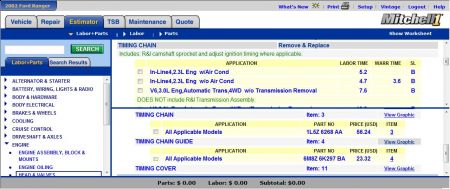For most of these applications, the manufacturers are using only sealants out of a tube now, with no cardboard or cork gaskets. Some of us still like the old cardboard gaskets, but when I use them, I still put a light coating of sealant on both sides. That insures a good seal if there are scratches in the sealing surfaces that got overlooked, and it makes removing them a lot easier next time.
Regardless of what you use, the first thing to watch out for is a little old gasket material left that doesn't get cleaned off. That can prevent the parts from sitting squarely against each other. This is where the sealants do a good job where the paper gaskets won't seal well.
The biggest problem has to do with adhesion to the surfaces. I'm familiar with the two products in a tube available from the Chrysler dealer's parts department, but I'm pretty sure you can get the same stuff from other dealers and auto parts stores, under different trade names. Chrysler has a black sealant and a gray one. The black remains a little more flexible and is easier to remove next time, but it absolutely will not bond and seal through any light film of oil. This was a problem on their four-speed automatic transmissions. Transmission fluid would run out slowly and drip for hours after the pan was removed. There are multiple simple tricks to work around that, but if you weren't aware of the need to have perfectly dry surfaces, you would have a slow leak.
The gray sealant will bond and seal through a light film of oil, although it is still the goal with all brands of sealant to not have the film in the first place. This stuff is stiffer when it cures and can take a little more work to clean it off next time. Once the tube is opened, the gray sealant lasts longer in the tube. The black is more likely to cure in the tube within a few months. With both of these products, you can fill the fluids and / or put the parts in service right away. You don't have to wait for them to cure. They do use humidity for the curing process, but that occurs even when there's engine oil or transmission fluid on the other side.
When working on engines, also be aware of the need to use "oxygen sensor-safe" sealants. They "off-gas" during the curing process, and in the past, those gases could affect oxygen sensors. These products used to be advertised as "oxygen sensor-safe" when they were, but since today that applies to almost all cars on the road, I suspect all of these sealants are safe.
Thursday, November 12th, 2020 AT 10:45 AM
(Merged)


















